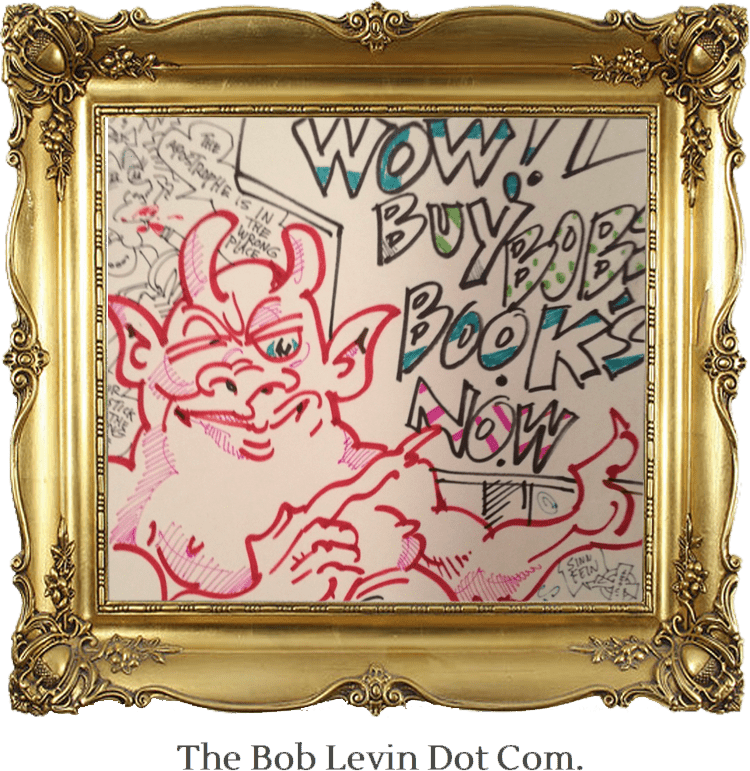[Preliminary Note: A couple months ago, I met Fran at my café of choice. An electrician by trade, Fran is a man of many parts, one of which is reading everything he can find by any writer whose work intrigues him, which now includes me. Fran has read more offbeat than anyone I know, and his recommendations, as you will see, have influenced what follows.
So now in order of completion…]
1.Nadenzhda Mandelstam. “Hope Against Hope.” Osip Mandelstam’s widow’s account of life under Stalin’s Terror. (Recommended by another friend, Michael G.) Makes Putin’s Russia look like Candyland.
2. William Gaddis. “A Frolic of His Own.” When I had told Fran, I was reading “Carpenter’s Gothic” (See: List xxii), he said that, as I lawyer, I should read this. Once I began it, Gaddis had thoroughly hooked me. (See: 8 below – and List xxiv, forthcoming).
3. Aaron Lange. “Ain’t It Fun.” A mammoth, black-and-white social and cultural history of Cleveland, centered on the proto-punk musician Peter Laughner. I didn’t know Peter Laughner from Peter Bzystplx, but I knew Lange and his work, and after I had read it, I was asked to review it for FOM, so I am reading it again. I hope to make the Feb. 1 issue. You can read what I think then.
4. Michael De Forge. “Big Kids.” Loaned me by Fran. A charming, if puzzling, graphic mini-“novel and refreshing twist on the now standard troubled-adolescent-who-becomes-a-cartoonist yarn.
5. Marcel Benabou. “Why I Have Not Written Any of My Books.” Another Fran. Benabou, a member of Oulipou, with which I was less familiar than Peter Laughner, is a gang of French post-modern satirist artist/thinkers. While occasionally amusing, the book is not something you curl up with and sink into in front of a warm fire. But if you want to exercise your mind…
6. Britta Lee Shain. “Seeing the Real You At Last.” A friend of a former client, Shain had written a book about her travels – and fling – with Bob Dylan in the ‘80s. When “Bob on Bob” came out, we swapped copies. A fascinating, if unflattering (but understandable) look at him and that world.
7. David Lodge. “A Man of Parts.” A novel about the life of H.G. Wells. I’d expected more laughs, based on “Changing Places,” the only thing I’d written of his previously, and, given what else I’d been reading, it ordinariness (as a book, not as a life, which was certainly unusual) left me flat.
8. William Gaddis. “The Recognitions.” Third time – in 1970s, 1980s, and now. My history with G’s 950-page first novel actually goes back 60-years. I won’t get into that history now but once I saw how funny CG and FOHO were, I wondered if I’d missed something – well, I had no doubt I’d missed things – but funny? So I read it again. Now, I think, when I’ve finished the rest of Gaddis, I’ll start it over. In fact, I may read nothing but it forever.
9. Eliot Weinberger. “19 Ways of Looking at Wang Wei.” Loaned me by Fran. EW, a poet/translator, has taken a brief poem by an 8th century Chinese poet, looked at different translations of it, and commented upon each. Fascinating. When I looked at his other books, I saw he had co-authored one with the fiction writer/translator Lydia Davis, whose work I also like, so I bought…
10. Lydia Davis and Eliot Weinberger. “Two American Scenes.” These seem to be two “found” poems, one a manuscript by Davis’s great-great-great-grand uncle about the New England town in which he grew up, and the other a journal kept by a member of the first (non-Native American) traversers of the Colorado River. Davis offers a brief afterword on her contribution but Weinberger offers none, and I found virtually nothing informative about the book on-line. The writing is straightforward, direct, clean, impactful, frill-free. The “poetry” manifests through the breaking up of the lines on the page. Again, fascinating.
